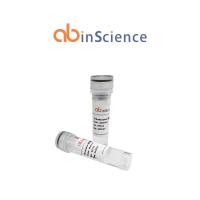Analysis of Chromosomes with Restriction Endonucleases and DNase Hypersensitivity
互联网
540
The introduction of chromosome banding techniques about 20 years ago has not only provided a very powerful tool for chromosome identification, but has also highlighted structural and functional differences between different chromosomal segments (1 ). Restriction endonucleases (RE) have been widely used to study some aspects of chromosome organization (2 –4 ). The original methods, involving digestion followed by Giemsa or ethidium bromide (EB) staining, lack both specificity and sensitivity. It is now clear that the Giemsa/EB staining does not necessarily represent the distribution of restriction sites along the chromosomes; other factors, such as the accessibility of the REs to the targets or the extractability of the DNA fragments produced, need to be considered.









